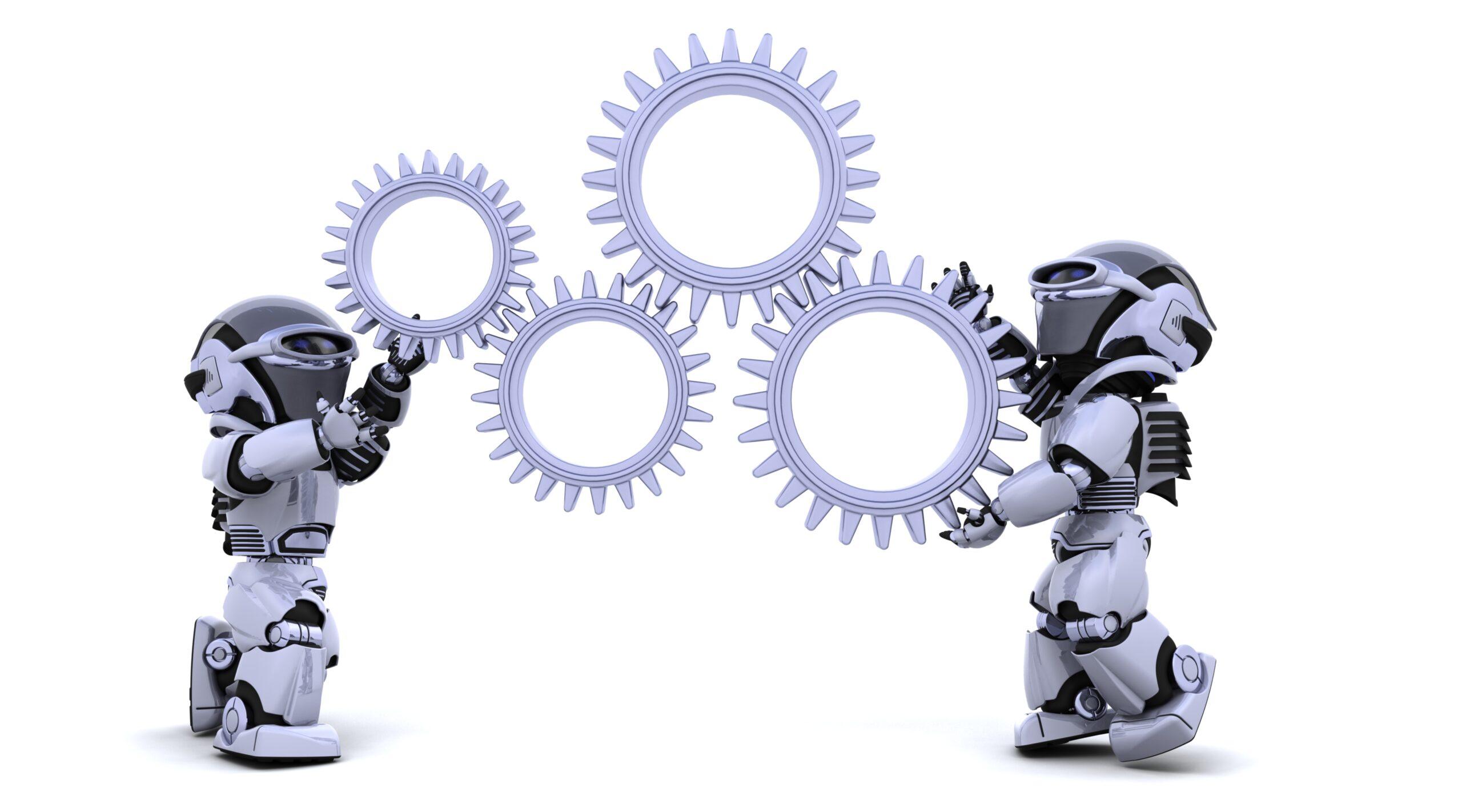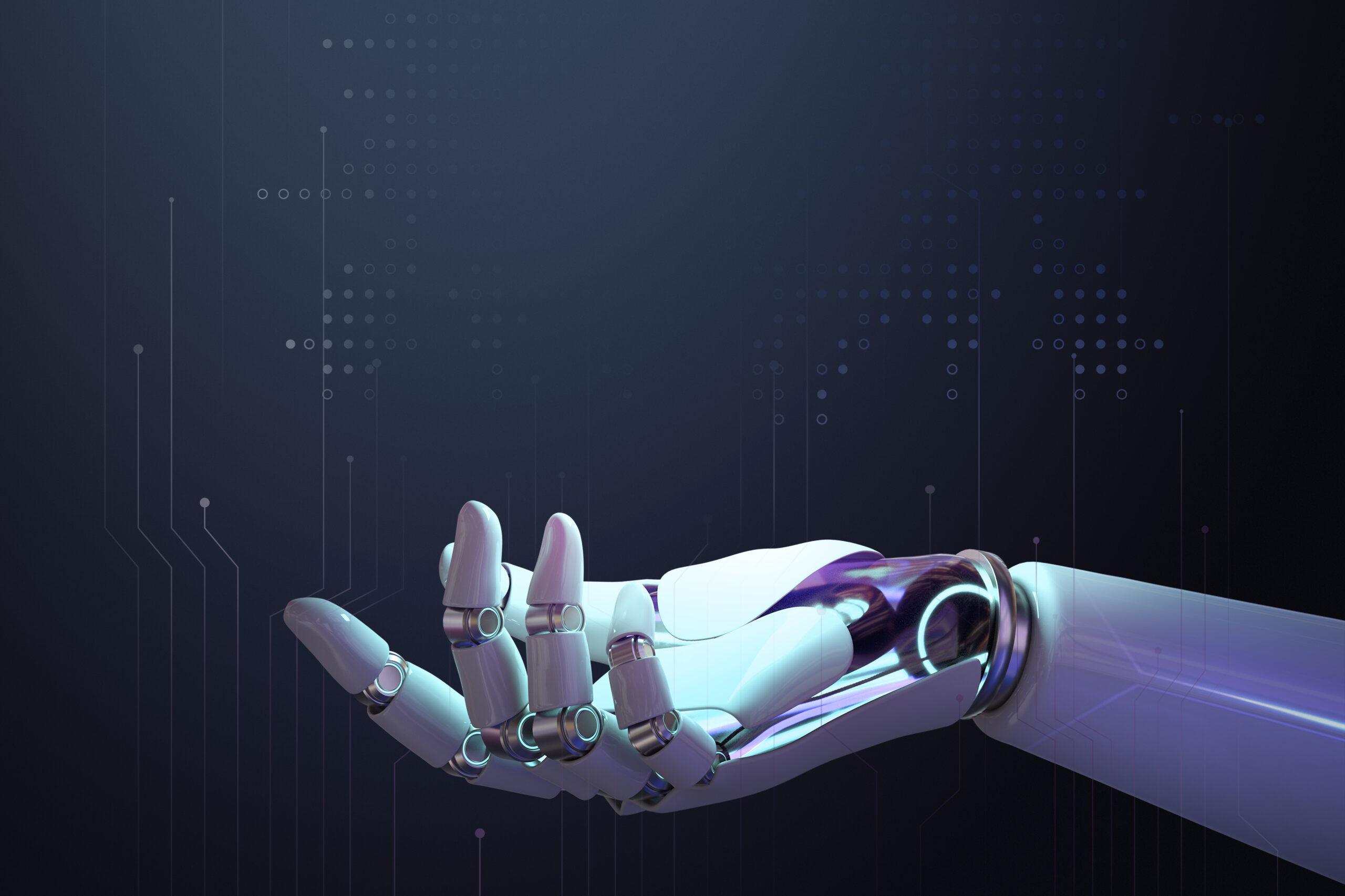Artificial Intelligence (AI) and robotics are two of the most exciting fields in technology today. However, many people often confuse them, assuming they mean the same thing. While AI and robotics sometimes overlap, they are not identical. Understanding the difference is key to appreciating how they work together to shape our world.
What is Artificial Intelligence (AI)?
AI refers to the development of computer systems that can perform tasks that normally require human intelligence. This includes problem-solving, learning, reasoning, recognizing speech, and making decisions. For example, AI powers chatbots, voice assistants like Siri or Alexa, and recommendation systems used by YouTube or Netflix.
AI is not a physical machine—it is software. Think of AI as the “brain” that processes information, learns from data, and makes smart decisions.
What is Robotics?
Robotics, on the other hand, is about creating machines (robots) that can perform physical tasks. Robots are designed with sensors, motors, and controllers to interact with the physical world. For example, robotic arms assemble cars in factories, while delivery robots transport packages.
Unlike AI, robotics focuses on hardware—the actual machines that can move, lift, and interact with their environment.
Where AI and Robotics Meet
While AI and robotics are different, they often work together to create intelligent robots. A robot without AI can only follow pre-programmed instructions, like a vacuum cleaner that moves randomly around the room. But when AI is added, the robot can “learn” its surroundings, avoid obstacles, and improve performance over time.
For instance, self-driving cars are both robotics and AI. The car itself is the robot, but the intelligence that allows it to recognize traffic signs, avoid pedestrians, and navigate roads comes from AI.
Key Differences Between AI and Robotics
- Nature: AI is software, while robotics is hardware.
- Function: AI processes information and makes decisions; robots perform physical actions.
- Independence: AI can exist without robots (e.g., voice assistants), and robots can exist without AI (e.g., a robotic toy that moves in a straight line).
- Combination: When combined, they form intelligent robots capable of learning and adapting.
Real-Life Examples
- AI without Robotics: ChatGPT, Google Translate, Netflix recommendations.
- Robotics without AI: A simple toy robot dog that barks when touched.
- AI + Robotics: Autonomous drones, self-driving cars, or humanoid robots like Sophia.
Conclusion
AI and robotics are separate but complementary fields. AI is about intelligence, while robotics is about machines. Together, they create powerful systems that can think, learn, and act in the real world. As technology advances, the combination of AI and robotics will lead to smarter homes, safer transportation, better healthcare, and more efficient industries.
The next time you see a robot, remember: what makes it truly “smart” is not just the hardware—it’s the AI powering its decisions.


